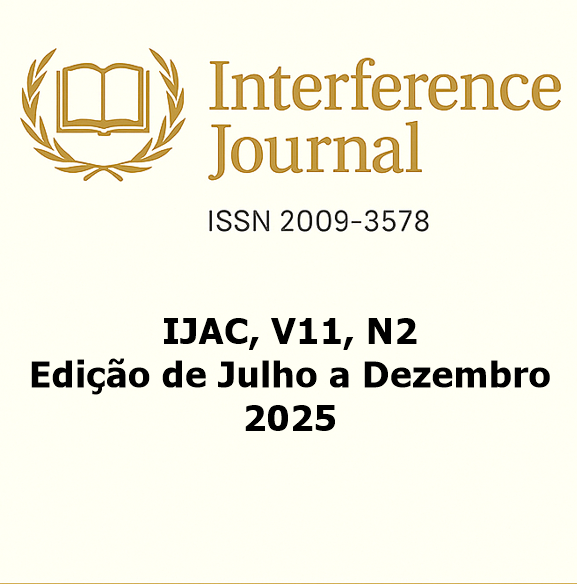Cyberbullying and suicidal ideation in the LGBTQIAPN+ population: an integrative review
DOI:
https://doi.org/10.36557/2009-3578.2025v11n2p3050-3066Abstract
Introduction: Cyberbullying is a form of digital violence that disproportionately affects the LGBTQIAPN+ population, worsening symptoms of depression and anxiety, and increasing the risk of suicidal ideation. In Brazil, a country with high rates of violence against sexual minorities, Primary Health Care plays an essential role in identification and prevention. Objective: To analyze the most recent scientific literature, published in the last five years, addressing the correlation between cyberbullying and suicidal ideation in the LGBTQIAPN+ population. Methodology: This integrative, qualitative, and exploratory review was conducted between April and June 2025, using the Science Direct, BVS, Cochrane Library, and PubMed databases. DeCS descriptors ("cyberbullying," "suicide," "sexual and gender minorities") with the AND operator were used. Full-text articles, free of charge, in English, and published in the last five years were included; five articles comprised the final sample. Results: Of the 72 initial studies, five met the criteria. The findings indicated a high prevalence of online discrimination associated with depression and anxiety; a higher risk of suicidal ideation in adolescents exposed to cyberbullying and online sexual interactions; specific experiences of transphobia and misgendering among trans people, generating severe emotional impacts; LGBT adolescents presented twice the rate of suicide ideation and five times the rate of suicide attempts compared to heterosexuals; effective strategies included inclusive school policies, upstander training, and the creation of safe spaces. Discussion: The internet has an ambivalent character, functioning both as a space for identity support and exclusion. Cyberbullying showed a strong association with psychological distress and suicidal ideation in LGBTQIAPN+ youth. The need for inclusive educational policies, professional training, and support groups as protective factors, combined with digital monitoring strategies, is evident. Conclusion: Cyberbullying is an important determinant of mental health in the LGBTQIAPN+ population, increasing the risk of depression, anxiety, and suicide. Given the context of violence in Brazil, multisectoral and inclusive policies that promote safe environments and comprehensive care are urgently needed, reducing the impacts of virtual violence.
Downloads
Downloads
Published
How to Cite
Issue
Section
License
Copyright (c) 2025 Taciana Assis Bezerra Negri, Mariana de Oliveira Vitalino, Alexandre Jorge de Andrade Negri Júnior, Anna Karolyna Pontes Costa, Matheus Pereira Maia, Aralinda Nogueira Pinto de Sá, Layza de Souza Chaves Deininger

This work is licensed under a Creative Commons Attribution 4.0 International License.
Você tem o direito de:
- Compartilhar — copiar e redistribuir o material em qualquer suporte ou formato para qualquer fim, mesmo que comercial.
- Adaptar — remixar, transformar, e criar a partir do material para qualquer fim, mesmo que comercial.
De acordo com os termos seguintes:
- Atribuição — Você deve dar o crédito apropriado , prover um link para a licença e indicar se mudanças foram feitas . Você deve fazê-lo em qualquer circunstância razoável, mas de nenhuma maneira que sugira que o licenciante apoia você ou o seu uso.
- Sem restrições adicionais — Você não pode aplicar termos jurídicos ou medidas de caráter tecnológico que restrinjam legalmente outros de fazerem algo que a licença permita.


